When your organization has a problem but does not have a solution, they require help from third parties. At this point, a Request for Proposal (RFP) helps them out.
In RFP, the organization explains the problem, and the vendors submit their best solution.
This blog will discuss the RFP’s definition and provide examples to explain this project management document.
Request for Proposal (RFP): Meaning & Definition
RFP Meaning & Definition: A Request for Proposal (RFP) is a project document that organizations use to outline requirements for a specific project and float in the market to help get proposals from contractors and select the best offer.
In the proposal, contractors explain how their offering will help solve buyers’ needs.
The RFP contains the following details:
- Guidelines on what the proposal details.
- Summary and background of the problems of the buyer.
- Project purpose and description.
- Problem details.
- Product description.
- The project scope of work.
- RFP timeline.
- Project timelines.
- Budget.
- Bidder qualifications.
- Proposal evaluation criteria.
- Performance measures.
- Ideas, skills, and training.
Request for Proposal (RFP) Creation Process
An RFP creation process involves the following steps:
- Collecting RFP Requirements.
- Draft RFP.
- Receive Proposals and Initial Evaluation.
- Follow Up with Contractors.
- Final Selection and Awarding of the Contract.
#1. Collecting RFP Requirements
This is the key part of RFP creation. Here, the organization introduces itself to the prospective sellers, providing them with the problem they are supposed to solve.
You can meet with stakeholders to collect requirements and find their needs and expectations. Then, ask for their long-term goals.
Decide the proposal evaluation criteria scoring process. Determine what scoring model will be used and the parameters.
Provide all possible details so bidders can understand the problem and offer their best proposal.
#2. Draft RFP
Every organization has templates for RFP; you need to fill in your requirements.
Then, provide a clear explanation of the problem and ask for answers.
You can ask:
- If they can offer a free demo of their product or service for your testing.
- How they will implement the solution, and if they have done similar jobs in the past.
- If they provide training, knowledge-base, maintenance, and after-sales support.
- If they can provide references.
#3. Receive Proposals and Initial Evaluation
After receiving the proposals, you will evaluate them for completeness and mandatory requirements if you have mentioned them in the RFP.
For example, the vendor must have five years of experience in the same field or possess certain technology. You can immediately disqualify a vendor for not meeting mandatory criteria.
You will shortlist the qualified vendors and move on to the next round.
#4. Follow up with Qualified Vendors
You will conduct an in-depth review and complete the final evaluation. Also, you will use a scoring model to rank the vendors.
You can have meetings or sessions with bidders to understand their offerings.
This time, negotiation becomes challenging and specific. It is an opportunity for the vendor to differentiate their offering and demonstrate how they are unique from competitors.
#5. Final Selection and Awarding of the Contract
You now understand each proposal and can decide on the winner using the scoring model.
Prepare comparison sheets for each vendor and send them to relevant stakeholders for review.
Once the final review is complete and you have selected the winner, you can inform the successful vendor to proceed further.
After awarding the contract, your RFP will be closed, and they will generate the procurement contract.
Request for Proposal (RFP) Example
Below is an example of an RFP.
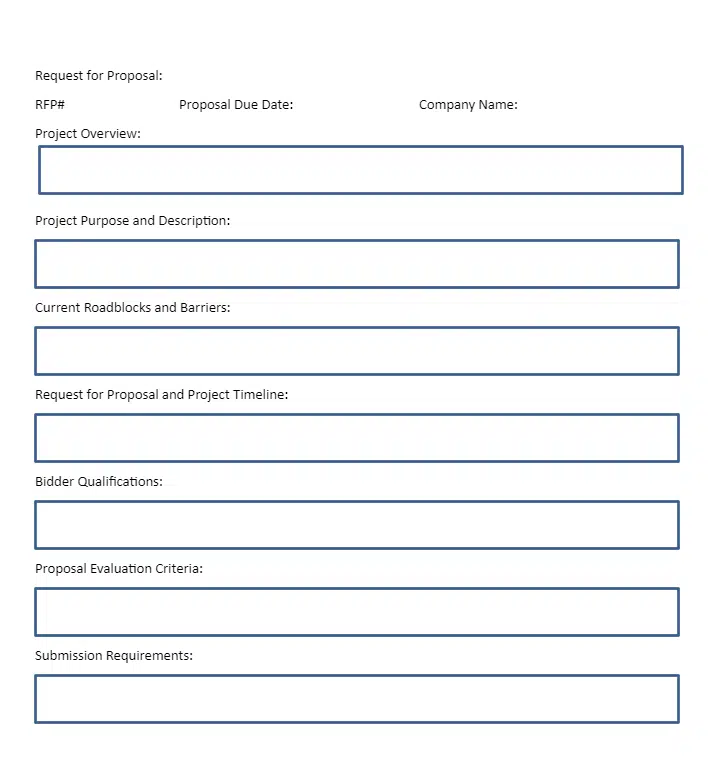
Why Do You Need RFP?
RFP helps develop long-term relationships between buyer and seller and grow them together.
Project managers use RFP to get solutions for their problems and complete the project objectives. They can compare different solutions from sellers for the problems they have already identified and choose the best possible solution. It is used in the project planning phase when they complete the design at a high level, and the organization is looking for an efficient solution.
Large organizations have a procurement department that handles the RFP process, but sometimes the project managers have resources to manage their procurement needs in strong matrix organizations. It depends on the organizational structure.
Once the proposals are received, the relevant stakeholder will evaluate different responses with potential solutions and technologies, finalize the seller, and negotiate the costs and timelines before signing the contract.
Solutions for Better Procurement
- The buyer must collaborate with relevant stakeholders to draft the proposal.
- Sellers must adopt the buyer’s mindset to consider their needs, business goals, and emotions.
- Set realistic timelines per criticality, skill set, and type of contract.
- Suppliers have to understand the technical, functional, and business needs completely.
- The supplier has to propose cutting-edge solutions.
Key Elements of a Request for Proposal
The following are key elements of an RFP:
- Organization Background: Here, you can provide a brief intro about your organization, its goal, how the project will benefit the organization, and how it aligns with its strategic objectives. This helps the bidder understand the context, and they can provide their best offer.
- Contact Details: Include contact details of your organization and the person in charge of the RFP so if a bidder needs some clarification, they can contact the right person.
- Project Budget: This is where the bidder shall provide their estimate for the budget. This is the key information if the RFP is for a fixed-price contract.
- Project Duration: The buyer should provide a project duration so the bidder can plan the work and submit their proposal accordingly.
- Project Description: Here is where you will provide details of your problem or the scope of work. Based on this information, the bidder will submit their quote. Ensure to include every possible detail. For example, have the project objectives, key milestones, significant constraints, etc.
- Selection Criteria: Include the selection criteria for the award. For example, the price is the key criterion for a firm fixed price contract. For other types of contracts, experience, technical expertise, equipment, and manpower, can be the selection criteria.
RFP Vs. RFQ
RFP is different from RFQ. RFQ stands for Request for Quotation.
In an RFP, buyers have a problem and request solutions from vendors, but in the case of RFQ, the organization knows their requirements and is looking for only price estimation.
RFP can include a services contract, construction contract, or any other solution, while RFQ is concerned with consumable or commodities buying.
RFP ends up with a contract, and RFQ ends up with a purchase order or a supply agreement.
RFP Vs. RFI
RFI is different from an RFP. RFI stands for Request for Information, and organizations use it before issuing an RFQ.
Through an RFI organization asks for the price and technical details of the item or commodities so they can create an RFQ. It is a no-obligation document, and there is no surety that the vendor will get the award after submitting the RFI.
RFI helps provide organizations with the required information.
Benefits of an RFP
An RFP advertises an incoming project and encourages the contractor to bid for a part or complete project. Mostly government or public sector projects are awarded through requests for proposals. It eliminates corruption and offers a buyer the best competitive prices.
Conclusion
Organizations use Requests for Proposal (RFP) to launch their projects. This contract document explains the problem, details the bidding process, and other terms and conditions.
RFP helps organizations get responses from contractors for their queries. For a better RFP, ensure you mention all requirements and the award selection criteria using objective parameters.

I am Mohammad Fahad Usmani, B.E. PMP, PMI-RMP. I have been blogging on project management topics since 2011. To date, thousands of professionals have passed the PMP exam using my resources.

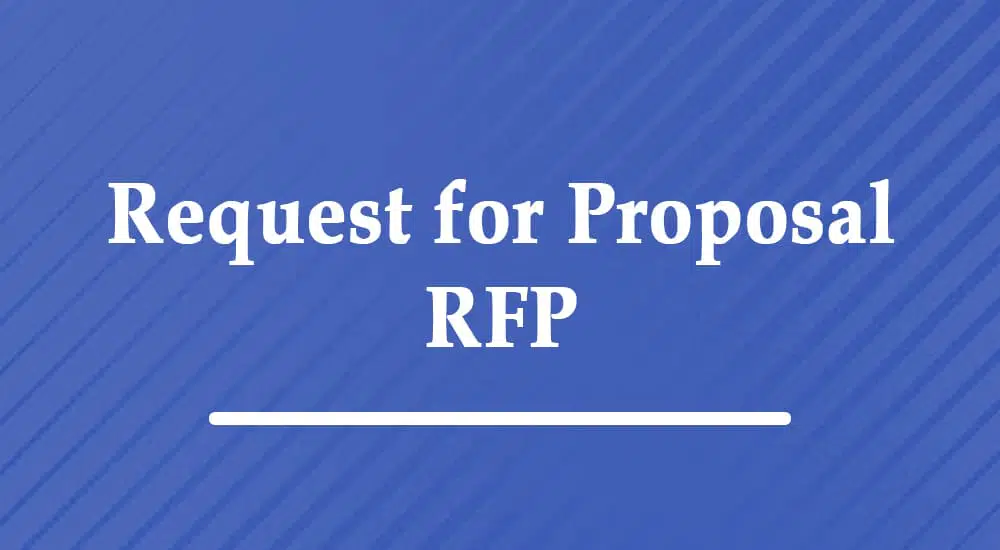



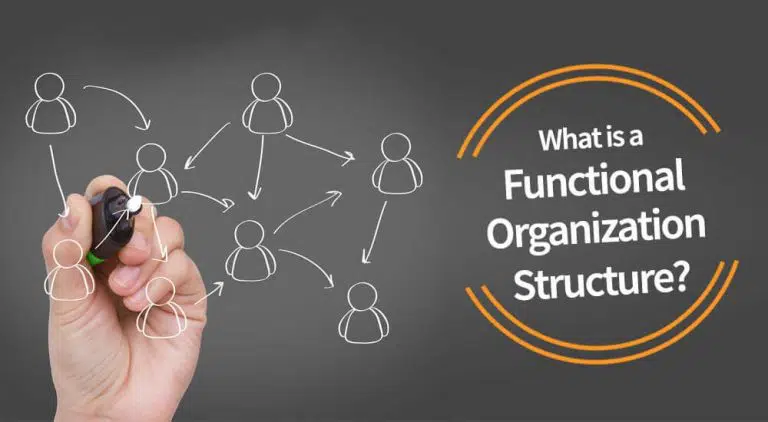
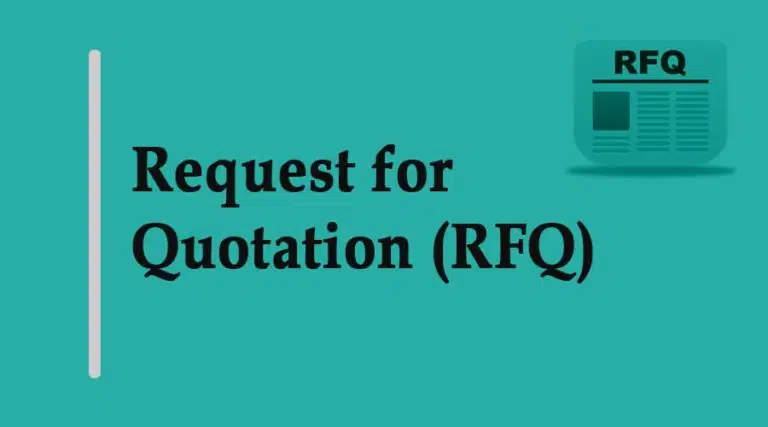
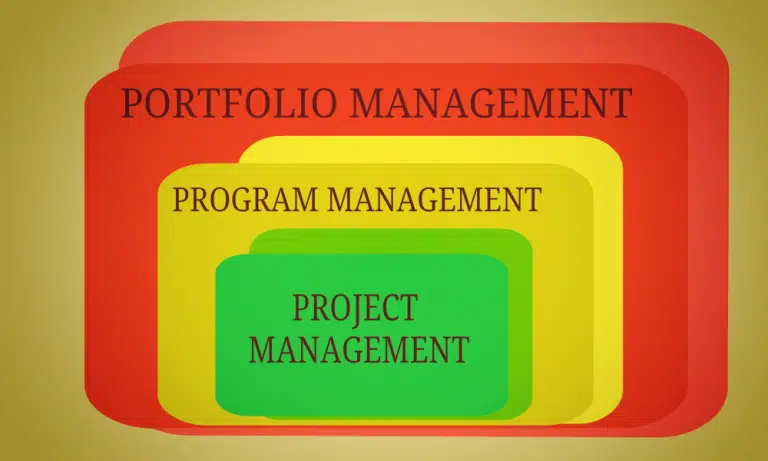
This is a very helpful article.